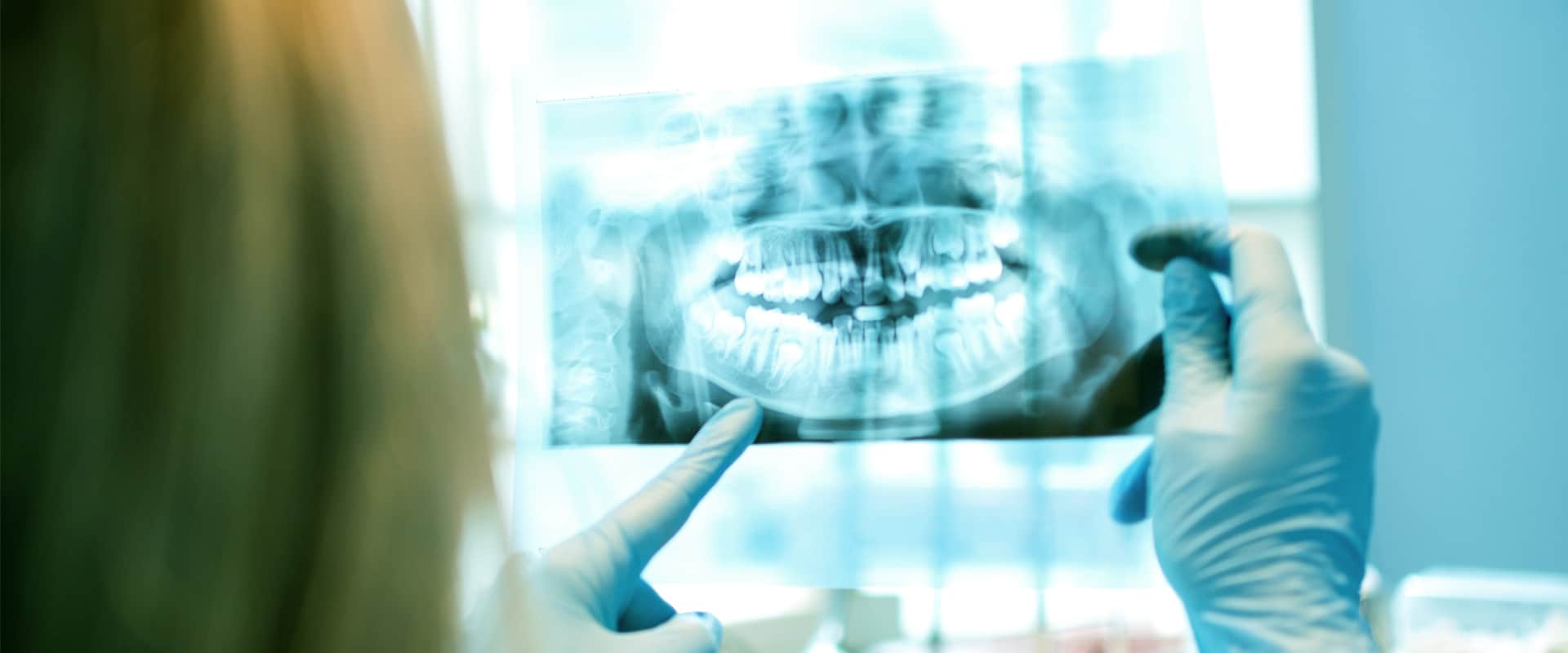TMJ refers to the temporomandibular joint, which is the bone structure, muscles and connective tissues that surround the jaw and control chewing. When patients experience disorders of this joint, they are said to have a temporomandibular joint disorder, or TMD. Symptoms of TMD include pain and tenderness near the jaw, as well as popping or clicking in the joint when speaking or chewing. There are many ways of treating TMJ disorders, ranging from non-invasive therapy and bite splints. Left untreated, however, TMJ disorders can lead to headaches, muscle pain, malocclusion and tooth damage from grinding or clenching.
DID YOU KNOW...
TMD is a collection of disorders that affect the temporomandibular joint. It is the second most pain causing musculoskeletal condition in the U.S., according to the U.S National Institute of Dental and Craniofacial Research. As many as 12 percent of Canadians may suffer from some type of TMD, and women are twice likely to be affected as men. Despite the prevalence of the disorder, and wide availability of treatment of the disorder only 1 out of 3 people seek treatment.
